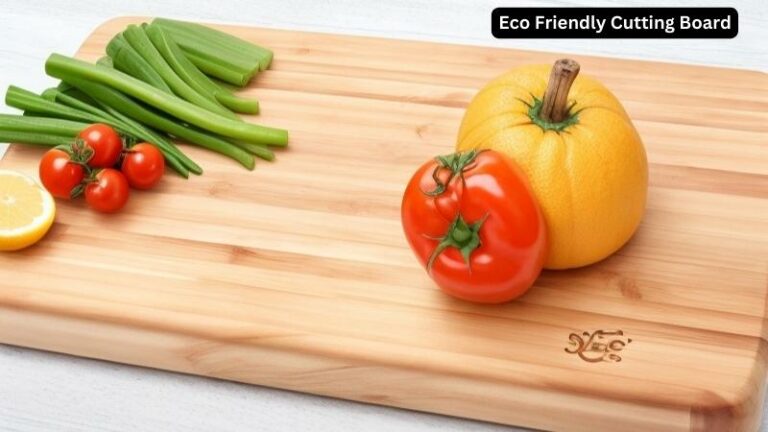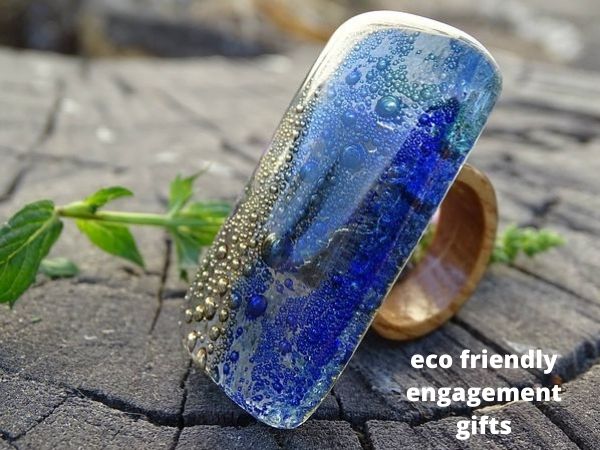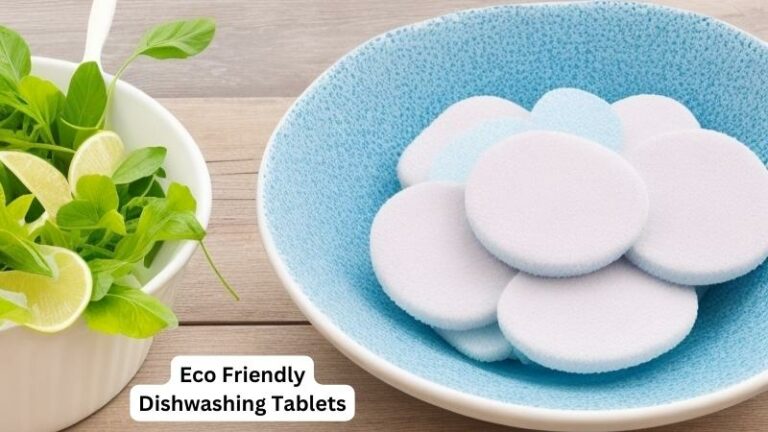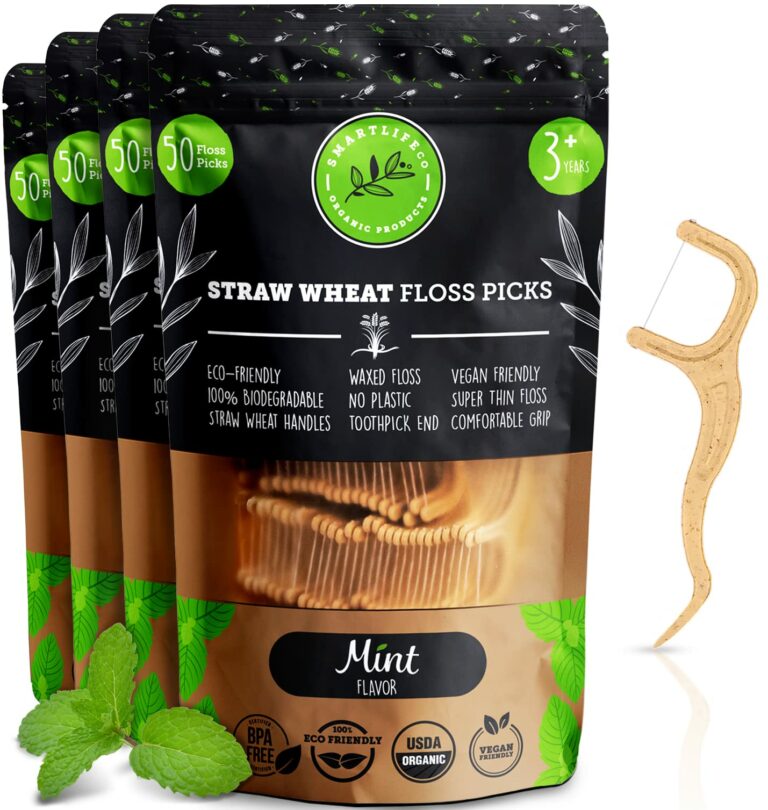Eco Friendly Paper Plate
Today we discuss Eco Friendly Paper Plate. Tired of harmful paper plates? Try eco-friendly ones! Perfect for guilt-free picnics and parties, these plates prioritize sustainability.
What sets them apart? Unlike traditional plates made from trees, these are crafted from recycled paper or sustainable materials like bamboo and sugarcane. They’re not only kind to the environment, but also stylish and durable.
Enjoy convenience without compromising your commitment to a greener lifestyle with eco-friendly paper plates.
 Source: media-amazon.com
Source: media-amazon.com
The Eco-Friendly Paper Plate: A Sustainable Choice for Disposable Dining
In our current environmentally-conscious society, it is essential to seek out alternatives for non-biodegradable materials and single-use plastics. One area where sustainable alternatives can make a significant impact is in disposable dining items, such as plates.
The widespread use of plastic and Styrofoam plates at gatherings and events has raised concerns about their detrimental effects on the environment. However, there is a viable solution in the form of eco-friendly paper plates.
These eco-friendly paper plates offer both convenience and environmental friendliness. This article will delve into the advantages, characteristics, and practical suggestions for using eco-friendly paper plates. Furthermore, it will highlight their positive contribution towards waste reduction and environmental preservation.
The Rise of Eco-Friendly Paper Plates:
The growing concern over the environmental impact of disposable plastics has led to a rise in demand for sustainable options. Among these alternatives, eco-friendly paper plates have become increasingly popular for those seeking convenient and environmentally conscious dining solutions.
These plates are crafted from renewable resources like bamboo, bagasse, or recycled paper, making them a more eco-friendly choice compared to plastic or Styrofoam alternatives. Additionally, they can be easily recycled or composted, resulting in reduced waste in landfills.
What sets eco-friendly paper plates apart from regular ones is their durability, leak-proof design, and ability to handle hot or cold food without compromising quality. They provide a sustainable alternative to plastic and are fully biodegradable.
Furthermore, they help to reduce our reliance on fossil fuels used in the production of traditional plates. With a wide variety of sizes, shapes, and designs available, these plates are suitable for a diverse range of events.
The Benefits of Choosing Eco-Friendly Paper Plates
1. Environmental Impact:
Opting for eco-friendly paper plates offers numerous advantages to the environment. Unlike plastic and Styrofoam plates, which can take centuries to decompose and contribute to pollution and overflowing landfills, eco-friendly paper plates break down rapidly.
This helps alleviate the burden on landfills and improves waste management. Moreover, these plates are typically made from sustainably sourced materials, which helps reduce the depletion of natural resources.
By using eco-friendly paper plates, individuals also contribute to the reduction of deforestation by supporting responsible forestry practices and the use of recycled materials. Through this support, consumers can play a role in preserving forests and their diverse ecosystems.
2. Health and Safety:
Environmentally friendly paper plates do not contain chemicals, making them a safer choice for both people and the planet.
Unlike plastic plates, which can potentially contaminate food, these plates are crafted from natural materials, eliminating that concern.
Because of this, they are suitable for individuals of all ages, particularly children who may be more sensitive to chemicals.
Moreover, certain eco-friendly paper plates are designed with biodegradable or compostable coatings that enhance their strength and resistance to liquids.
These coatings are completely safe to ingest and do not pose any health risks, ensuring that the food served on these plates remains uncontaminated and suitable for consumption.
3. Convenience and Versatility:
Eco-friendly paper plates offer the same convenience as plastic plates but without the guilt. They are lightweight, easy to carry, and disposable, making clean-up after meals or events quick and effortless. They are ideal for outdoor gatherings, picnics, barbecues, and parties.
Additionally, eco-friendly paper plates come in a variety of sizes, shapes, and designs to suit different needs and occasions.
Whether it’s a small dessert or a large dinner, there is an option for every meal. They can also be customized with patterns or branding, making them a versatile and practical choice for personal or commercial use.
Eco-Friendly Paper Plates vs. Conventional Alternatives
1. Eco-Friendly Paper Plates vs. Plastic Plates:
Compared to plastic plates, eco-friendly paper plates are a better choice for the environment. Plastic plates are made from non-biodegradable materials derived from fossil fuels, causing significant pollution. They take hundreds of years to break down, filling up landfills and harming wildlife.
On the other hand, eco-friendly paper plates are made from renewable resources or recycled materials and decompose quickly.
They have a smaller environmental footprint and help reduce waste. Additionally, producing them emits fewer greenhouse gases, aiding in the fight against climate change while providing a disposable dining option.
2. Eco-Friendly Paper Plates vs. Styrofoam Plates:
Styrofoam plates, often used for insulation, are popular in the food industry. However, they are made from non-biodegradable materials and take a very long time to decompose.
This harms ecosystems, as marine life mistakenly consumes it.
Eco-friendly paper plates are a better option. They are biodegradable, meaning they break down and do not cause long-term pollution.
By choosing them, individuals can reduce their carbon footprint and help the environment.
Tips for Choosing and Using Eco-Friendly Paper Plates
1. Look for Certification:
When purchasing eco-friendly paper plates, look for certifications such as the Forest Stewardship Council (FSC) or the Sustainable Forest Initiative (SFI). These certifications ensure that the plates are made from responsibly sourced materials and adhere to environmental standards.
2. Opt for Compostable or Recyclable Options:
Choose eco-friendly paper plates that are compostable or easily recyclable. Check the packaging or consult with the manufacturer to ensure that the plates can be disposed of in an environmentally friendly manner.
3. Use Wisely:
Consider using eco-friendly paper plates for occasions where their convenience outweighs the use of traditional plates. For smaller gatherings or meals enjoyed at home, opt for reusable plates to reduce waste further.
Is the Eco-Friendly Paper Plate the Sustainable Choice?
In summary, eco-friendly paper plates offer a sustainable choice for disposable dining. They have a positive impact on the environment, are free from harmful chemicals, and offer the convenience of disposable tableware without the guilt. By choosing eco-friendly paper plates, individuals can contribute to waste reduction, support responsible forestry practices, and make a positive impact on the planet. When combined with other eco-friendly choices, such as composting and recycling, these plates help to create a more sustainable future for all.
Key Takeaways: Eco-Friendly Paper Plates
- Eco-friendly paper plates are a great alternative to traditional plastic ones.
- They are made from sustainable materials like bamboo, sugarcane, or recycled paper.
- These plates are biodegradable and do not harm the environment when disposed of.
- Choosing eco-friendly paper plates reduces the demand for single-use plastics.
- Supporting eco-friendly products helps protect our planet for future generations.
Faqs for Eco Friendly Paper Plate:
Opt for eco-friendly paper plates to help the environment. They are made from recycled materials or sustainable sources, reducing tree cutting.
These plates are biodegradable and compostable, minimizing your environmental impact.
Additionally, they are free from harmful chemicals, making them a safer choice for your health and the environment.
While eco-friendly paper plates are intended to be more environmentally friendly than traditional paper plates, not all of them can be recycled. Some eco-friendly paper plates are compostable and can naturally break down in composting facilities. However, not all recycling centers accept compostable plates.
To determine if your eco-friendly paper plates can be recycled or composted, always check the packaging or labels. Look for certifications such as the “compostable” logo or instructions on proper disposal.
If the plates are compostable, it is best to dispose of them in a composting facility or at home. If they are not compostable, it is still important to dispose of them correctly to avoid unnecessary waste.
The decomposition time of eco-friendly paper plates depends on factors like plate composition and environmental conditions. Typically, compostable or biodegradable plates can decompose in a few weeks to a few months.
Note that decomposition may take longer in landfills where conditions are less favorable. To ensure effective breakdown, it is recommended to dispose of them in composting facilities or compost them at home.
When it comes to microwaving food on eco-friendly paper plates, it’s crucial to read the instructions and guidelines provided by the manufacturer. Not all eco-friendly paper plates are suitable for microwave use, as some may not be able to withstand the heat.
To ensure the safety of your eco-friendly paper plates, look for plates specifically labeled as “microwave-safe.” These plates are designed to withstand the heat and are safe for heating food in the microwave. Using plates that are not microwave-safe can lead to damage or pose a fire hazard, so it’s important to follow the manufacturer’s instructions.
Absolutely! If you’re looking for alternatives to eco-friendly paper plates, there are several options available. One popular alternative is using reusable plates made from materials like bamboo or stainless steel. These plates can be washed and reused multiple times, significantly reducing waste.
Another option is opting for biodegradable or compostable disposable plates made from materials like sugarcane fiber or palm leaf. These plates offer similar eco-friendly benefits as paper plates but are made from different sustainable materials.
Lastly, if the situation permits, using regular dishes and utensils can also be a sustainable choice as long as they are washed and reused efficiently.

Source: media-amazon.com
How Leaves Are Made Into Biodegradable Plates
Summary
To summarize, eco-friendly paper plates are a great alternative to plastic plates. They are made from renewable resources and easily decompose in compost without releasing harmful chemicals. They are also sturdy and convenient, available in various sizes, and patterns, and even with compartments. By using eco-friendly paper plates, we can make a positive impact on the environment and reduce waste. Let’s all contribute to a greener future!





